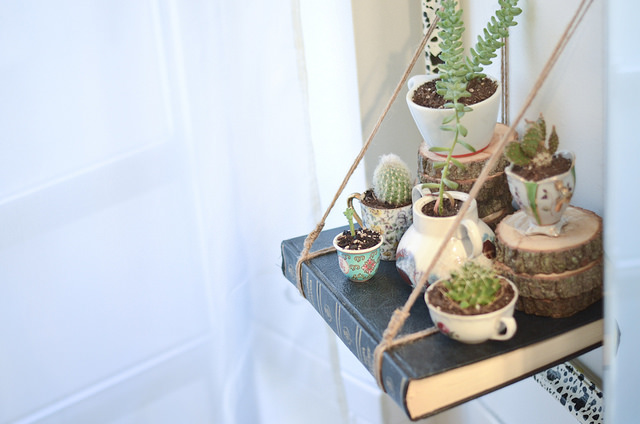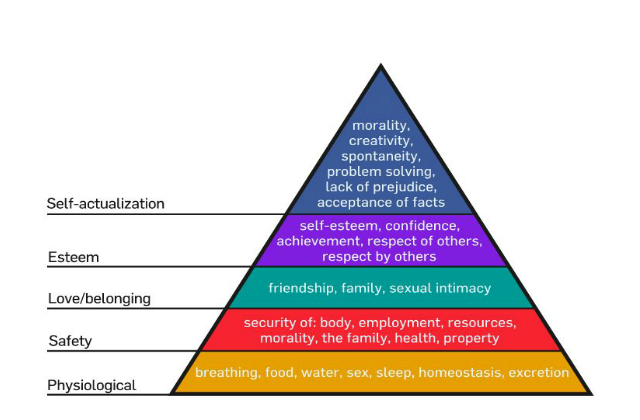Knowing that pregnancy bills, documents, clothing, accessories, and so much more can cost more than S$10,000 in total, parents in Singapore must find savvy ways to manage their money because a baby will depend on them in everything. Here are some incredible ways to save money along the way:
1. SAY “YES” TO BREASTFEEDING
One of the empowering things that only women can do is to breastfeed their baby. As much as you can, opt for breastfeeding because it will not only be healthy but also be able to save you as low as S$1,500 per year.
To help you draw milk, you may use an electric breast pump but it comes with an expensive price tag of S$90-500. So, it is best to borrow a breast pump from a friend but make sure to change the plastic attachments. You can buy those for far less.
2. SAVE ON CLOTHES
Start saving for baby clothes by asking your friends and family if you can have their child’s outgrown clothes. You will not only help your friends or family members to de-clutter their space but you will also save more. Believe me when I say that babies can have sudden growth spurts so, it is unnecessary to buy loads of baby clothes in advance. It goes the same for shoes, as socks will be sufficient to keep their cute toes warm.
Also, you may invest two big T-shirts rather than bibs. All you have to do is to look for T-shirts that fits a baby (i.e., 1-2 years older than yours) while you are in a flea market. Then, use these big T-shirts while your baby is feeding instead of a bib.
3. SAY “NO” TO FANCY BABY TOYS
Several parents came to the conclusion that babies are not hard to please. In fact, their favorite “toys” such as plastic cups, cardboard boxes, and utensils often come with friendly price tags. They are not even the traditional toys! Buying a toy for less and still make your baby happy is such a win-win situation. You may even try to make your own toys such as a rattle made with a jar and a few coins.
4. SAVE ON FOOD
Preparing homemade baby food is simple, quick, and less costly. Having this power over your child’s food choices, you will be able to know exactly how much nutrition he or she is getting.
Before you begin feeding your baby, make sure that he or she is ready for solid food. It is recommended to wait for at least 6 months to feed solid food while you must wait until 10 months to feed them with gas-inducing foods such as broccoli, wheat, cauliflower, garlic, onions, beans, and dairy products. Be cautious of the common allergens as well.
Nonetheless, here are the recipes you can try for babies aged 6 months and beyond:
a. Carrots Baby Food (Recipe costs as low as S$0.80)
b. Peach Purée Baby Food (Recipe costs as low as S$2)
c. Pea Puree (Recipe costs as low as S$1.80)















